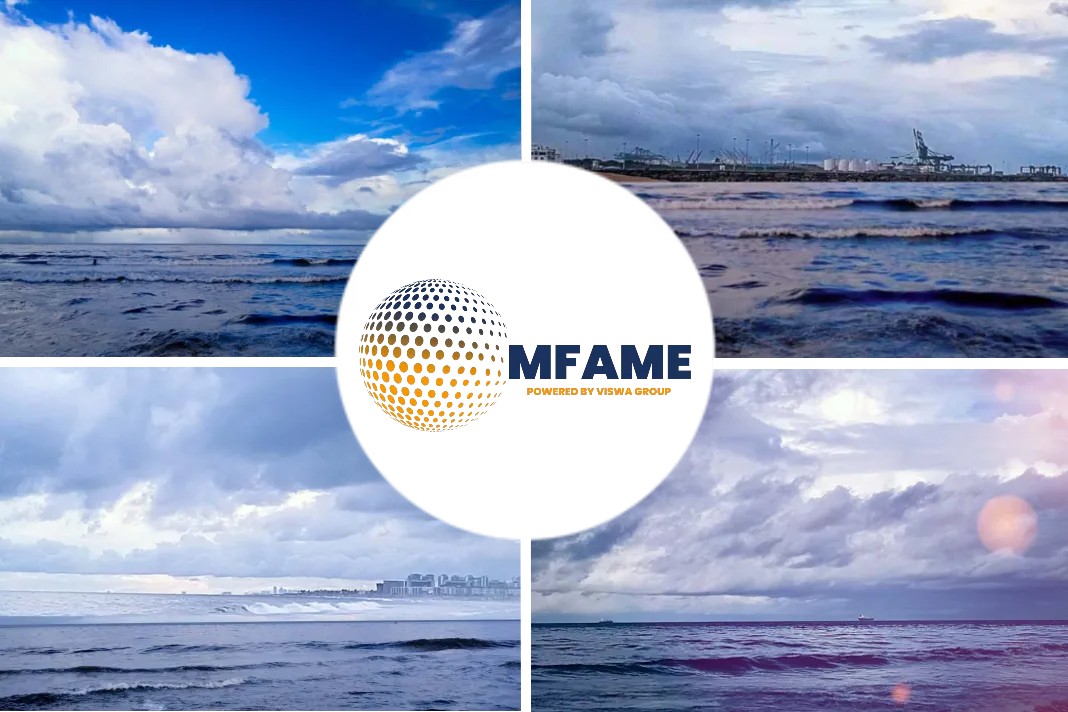- He beheld the force of the typhoon that now, in the darkness, raged over the stricken vessel.
- And they have seen some extraordinary things at sea.
- Salvors came to the aid of the huge Ever Given container ship after she ran aground, blocked the Suez Canal, and triggered global supply chain issues last year, for example.
Huge container ships transport products all over the world, but how can they be preserved if one of them runs into difficulties, as happened recently with the Ever Given and Ever Forward? Chris Baraniuk discovers the truth as reported by Future Now.
Batter the grounded ship
A violent sea pounded the steel hull of the ship and the wind roared with primaeval power.
It was the middle of the night in the summer of 2010.
He beheld the force of the typhoon that now, in the darkness, raged over the stricken vessel.
When typhoons were forecast to batter the grounded ship, Sloane made the decision to stay onboard overnight with a skeleton crew.
“We nearly lost her that night,” he says.
The world’s cargo ships, which transport around 90% of global trade, do not always make it to their destination without incident.
Containers transported to shore
The people that shipping firms call on in such situations are called salvors.
And they have seen some extraordinary things at sea.
The ship had struck a reef on its way to the port, which sliced a hole in her side.
Many were sceptical that she could be rescued at all, remembers Sloane: “A lot of the surveyors said, ‘OK, the ship’s completely lost, get ready for a wreck removal contract’.”
Luckily, this is often how cargo is unloaded in Hong Kong anyway, so lots of these barges were available and their operators were already well-accustomed to heaving containers off vessels for transport to shore.
3D computer models
Sloane wanted as much cargo removed as possible.
This sort of operation is time-consuming and difficult, especially given that the Kota Kado was sitting with her bow underwater.
To get water out of the vessel, Sloane and his team deposited large pumps underwater at the bottom of one of the cargo holds.
She is still sailing today, though under a different name.
Sloane mentions how his team sometimes weld huge girders to the deck of a ship simply to hold it together.
Blazejczyk says that salvage experts such as herself generally use three-dimensional computer models of the ship they are trying to save, in order to better judge the effects of forces acting upon it.
A grounding
Salvage teams will place sensors all over the hull to track how it moves and flexes during the operation.
Tugs that attempt to pull ships free also exert significant forces – but, generally, this alone is nowhere near sufficient to liberate a grounded vessel, says Blazejczyk.
A grounding that becomes a blockage tends to be much more high profile.
Leendert Muller, managing director of Multraship, recalls the grounding of the container ship the CSCL Jupiter outside the port of Antwerp in 2017.
Antwerp is the second-largest port in Europe, after Rotterdam.
Many poked fun at the seemingly diminutive digger that was pictured heaving sand away from around the massive ship’s bow.
Dangers at sea
It’s easier to displace sand says Janssen, whereas mud can be more stubborn.
A combination of this cargo removal, dredging and lowering of ballast water levels inside the ship, among other techniques, eventually succeeded in freeing the Ever Forward one month after she ran aground.
Groundings are nightmare scenarios for floating vessels but fires are among the greatest dangers at sea.
Tragically, five seafarers lost their lives in the incident.
It burned on board for a month but salvors brought it under control and eventually extinguished it after towing the ship to a port in Dubai.
Fire on ship
Later, at a repair yard, the entire bow section of the Honam was cut off and a new one installed so that she could return to service under a new name, Maersk Halifax, a little over a year after the fire.
Blazejczyk notes that one of the difficulties of putting out a fire on a ship is that, while water is essential to tackle the blaze, you don’t want to fill the ship’s holds up completely, otherwise the vessel will become unstable or simply sink.
“The sums can rise into the millions,” he adds.
Navigational technology has improved in recent years, says Muller, which means ship collisions and groundings ought to become less common, on average, with time.
“That’s going to be challenging,” he says.
Did you subscribe to our newsletter?
It’s free! Click here to subscribe!
Source: Future Now

















